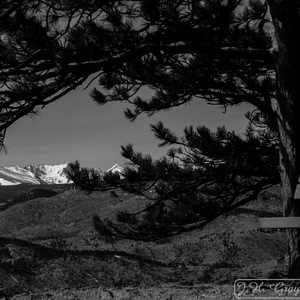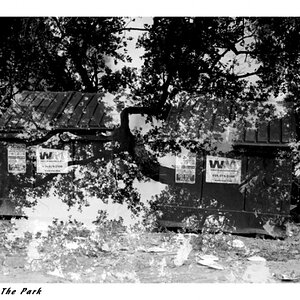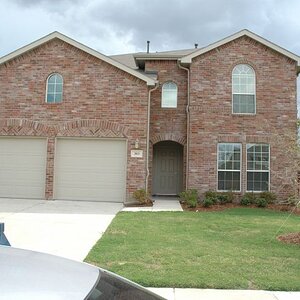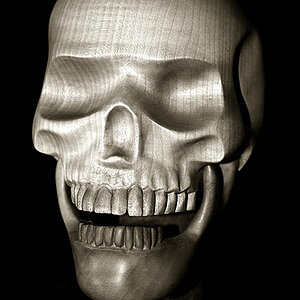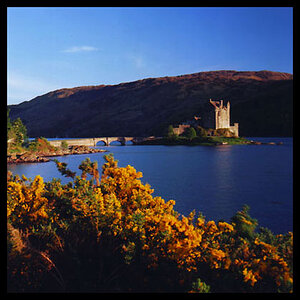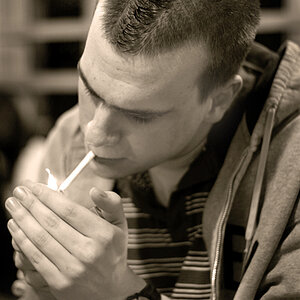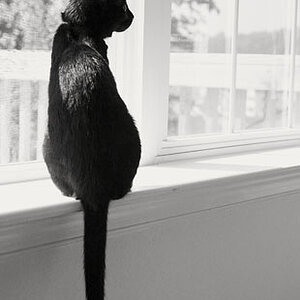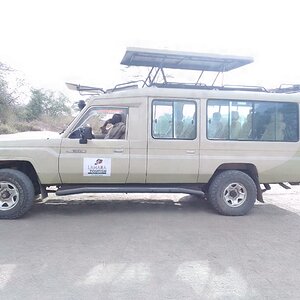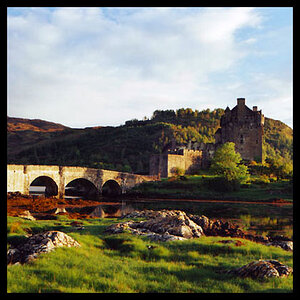DocFrankenstein
Clinically Insane?
- Joined
- Apr 29, 2004
- Messages
- 1,646
- Reaction score
- 6
Being the science nerd, I want to know the density of my negatives to make sure the development time is right.
I do not have access to a densitometer for film specifically, but microbiology labs do have a spectrophotometer I can use.
Basically it's the same thing, but it measures light at a particular wavelength instead of the whole spectrum.
How should I approach this? Should I measure at a particular wavelength or take an average in say 50nm increments from 200nm to 600?
Anybody?
EDIT: for spelling
I do not have access to a densitometer for film specifically, but microbiology labs do have a spectrophotometer I can use.
Basically it's the same thing, but it measures light at a particular wavelength instead of the whole spectrum.
How should I approach this? Should I measure at a particular wavelength or take an average in say 50nm increments from 200nm to 600?
Anybody?
EDIT: for spelling



![[No title]](/data/xfmg/thumbnail/37/37636-e02c7efccb426a8951ed97a37c0f9307.jpg?1619738157)
